A confusing issue that has clear causes.
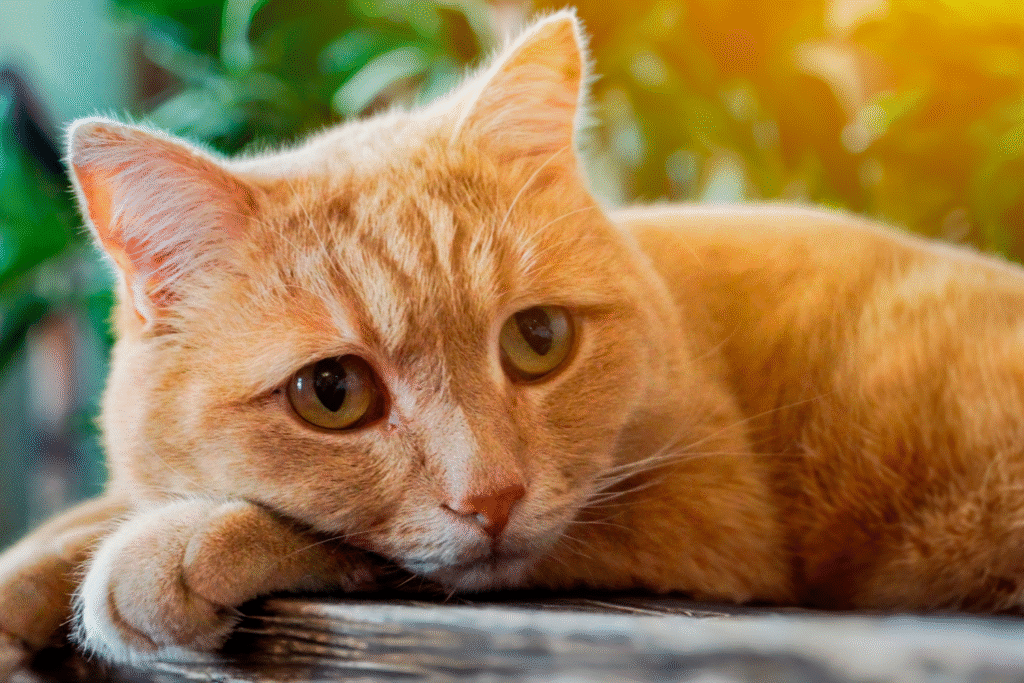
Every cat owner eventually faces that moment when their perfectly trained pet decides the litter box is no longer the place to go. It feels sudden and personal, yet most of the time the reason is surprisingly logical once you know what to look for. Cats communicate through behavior long before they show symptoms or stress, so a litter box problem is often their earliest signal. In the next eight points we will walk through the most common explanations, helping you understand what your cat is trying to tell you and how to respond calmly and effectively.
1. Health issues often trigger sudden litter box avoidance.

Veterinarians frequently note that urinary tract infections, bladder inflammation and kidney problems can cause cats to avoid the litter box, as reported by Cornell University’s Feline Health Center. These conditions make urination painful, and cats start associating the box with discomfort. Because cats hide illness well, a change in bathroom behavior can be one of the first symptoms owners notice. Early veterinary care can prevent complications and rule out serious disease.
As the discomfort grows, a cat may try different surfaces hoping for relief, including carpet, bedding or quiet corners. When health is the root cause, behavior change is not disobedience but instinct. That is why doctors emphasize checking for medical reasons first. Once illness is ruled out or treated, the next factors become easier to understand.
2. Stressful events can disrupt normal litter box habits.

Cats are sensitive to change or unfamiliar situations, and even small shifts in the home can affect their bathroom routine according to the American Association of Feline Practitioners. Moves, visitors, new pets or loud household activity can overwhelm them. When stress spikes, a cat may retreat to more hidden spaces and avoid the litter box, especially if it is placed in a busy area.
Stress alters a cat’s daily rhythm. Resting spots change, food intake shifts and bathroom habits follow suit. Owners sometimes miss the early signs, assuming their cat will adjust quickly. Offering calm spaces, predictable routines and low traffic areas for the litter box often helps reduce anxiety. From here, the environment itself becomes the next big factor.
3. Litter box cleanliness plays a larger role than most expect.
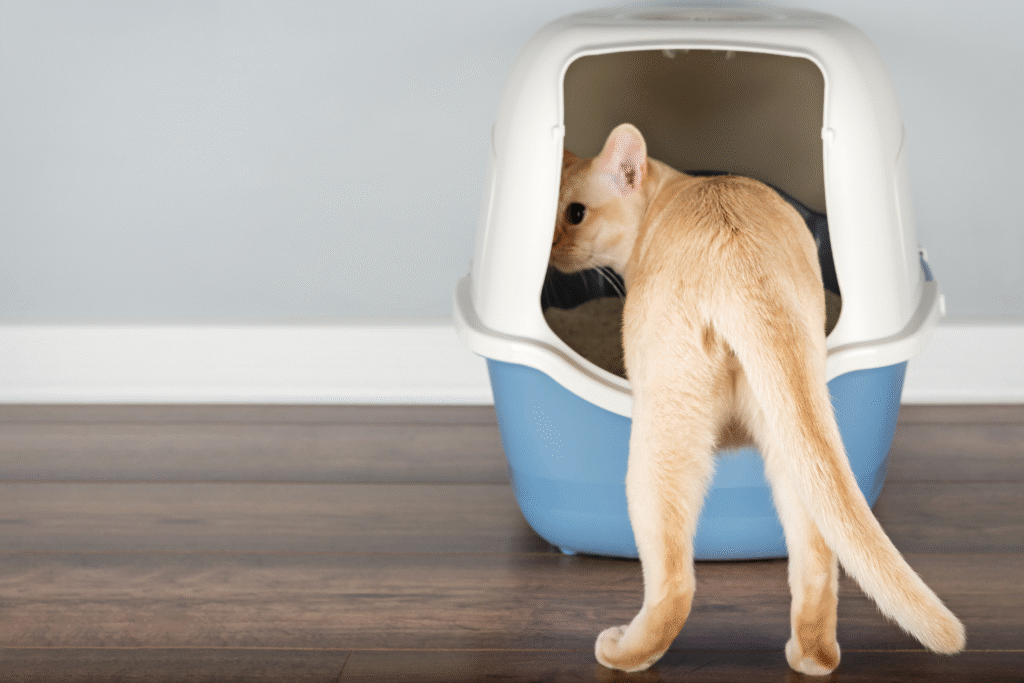
Research on feline toileting behavior shows that many cats refuse to use a box that smells strongly of urine or feces, as stated by the Journal of Feline Medicine and Surgery. Even if the box appears fine to humans, cats detect lingering scents far more intensely. Scooping once a day is often not enough, especially in multi-cat homes.
The moment odors become overwhelming, cats look for alternative spots. This is not stubbornness but sensory overload. Cats evolved to avoid strong waste scents in the wild, and that instinct continues in the home. When cleanliness is consistent, cats typically return to the box without issue. Next comes another surprisingly common factor.
4. The box or litter type may be uncomfortable for your cat.
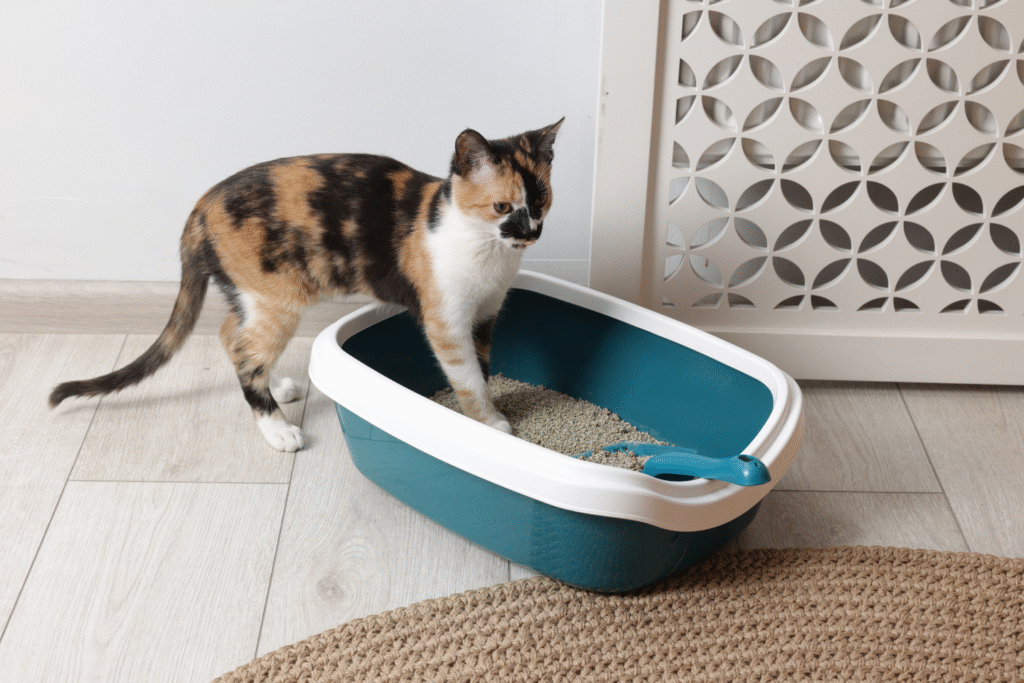
Some cats dislike enclosed boxes, while others avoid boxes that are too small for comfortable turning. Litter texture can also be a deal breaker. Coarse pellets, scented formulas or sharp grains irritate sensitive paws, leading cats to seek softer places like rugs or blankets. Experimenting with different boxes or litters often reveals a preference quickly.
Comfort also involves privacy. Cats that feel watched or cornered may refuse the box entirely. Moving it to a quiet room or providing a second box can make a huge difference. Paying attention to comfort helps narrow down the cause without overthinking the problem.
5. Multi-cat households create competition and avoidance behaviors.
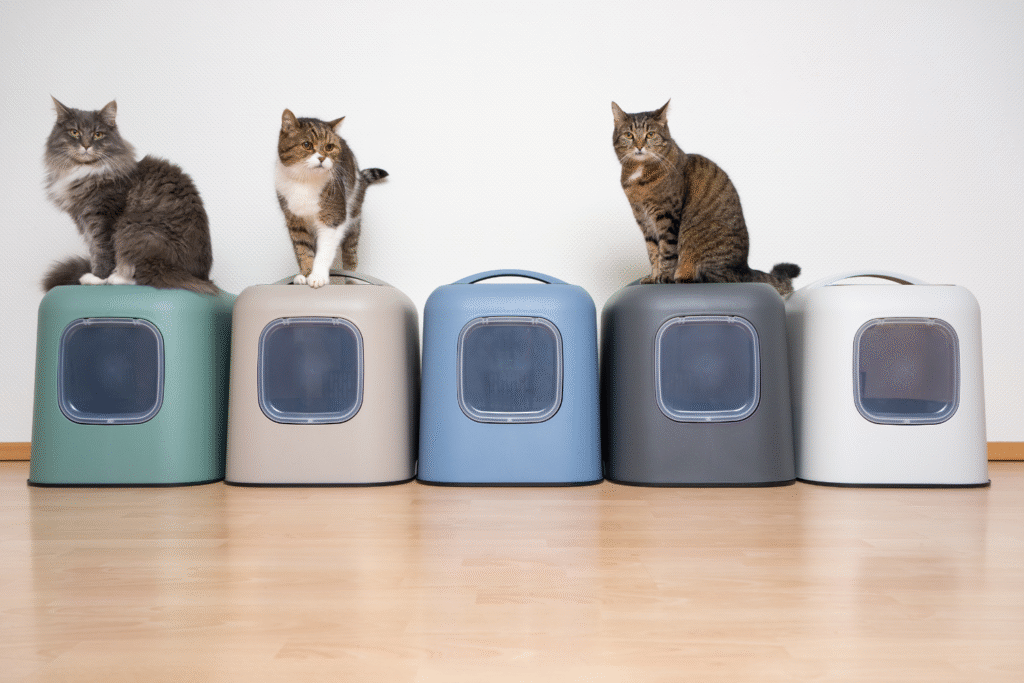
Cats sharing a home sometimes compete subtly for territory, and the litter box is prime real estate. One cat may block access or intimidate another without obvious fights. This leads the anxious cat to find alternative spots where they feel safe. Adding more boxes in separate areas helps reduce tension and restore routine.
When space and resources feel scarce, bathroom habits change rapidly. Owners often do not see the interactions that cause the issue because they happen quietly when humans are not around. Providing enough litter boxes and escape routes lets each cat feel in control, easing household pressure.
6. Location matters more than most owners realise.

A loud laundry machine, a slamming door or constant foot traffic can make a box location unappealing. Cats prefer quiet, predictable areas where they will not be startled. If the box sits near a noise source or busy walkway, they may avoid it entirely. Moving it to a calmer corner often solves the issue quickly.
This sensitivity ties into how cats manage their territory. They want bathroom spaces that feel secure from surprise. When the environment feels safe, litter habits normalize again. After addressing location, another behavioral layer sometimes emerges.
7. Negative experiences can create lasting avoidance.
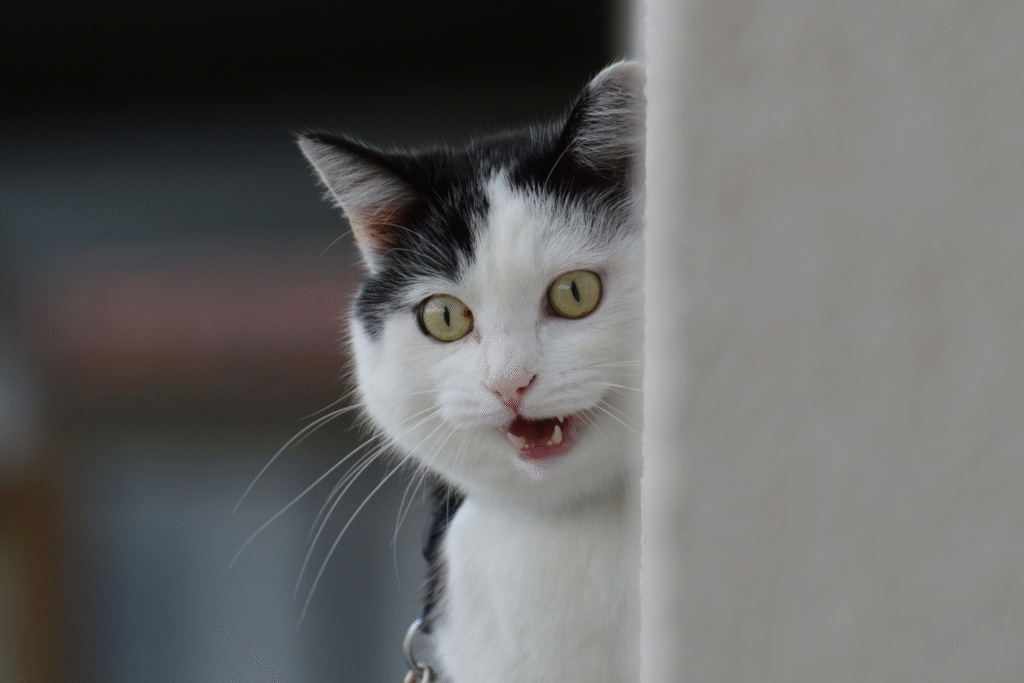
A frightening event near the litter box, such as a sudden noise or an aggressive encounter with another pet, can cause cats to associate the box with danger. Once that link forms, they may refuse the box for days or weeks. Rebuilding trust requires time, patience and offering alternative boxes in neutral locations.
Cats have strong associative memory. A single unpleasant moment can shift their habits dramatically. Owners who introduce soft lighting, quiet surroundings and positive reinforcement often see progress. This type of avoidance highlights how emotional memory can influence even basic routines.
8. Aging or mobility issues limit access to the box.

Older cats or those with arthritis struggle to climb into boxes with high sides or reach boxes placed far from resting areas. Joint discomfort makes it difficult to posture and balance, so these cats sometimes seek easier surfaces. Providing low entry boxes or multiple boxes closer to sleeping spots helps them maintain comfortable routines.
Age related changes happen slowly, so owners may not notice the difficulty right away. When mobility declines, cats appreciate simpler setups that reduce effort. Adjusting box height and placement can dramatically improve success, restoring dignity and comfort as they navigate their daily needs.
